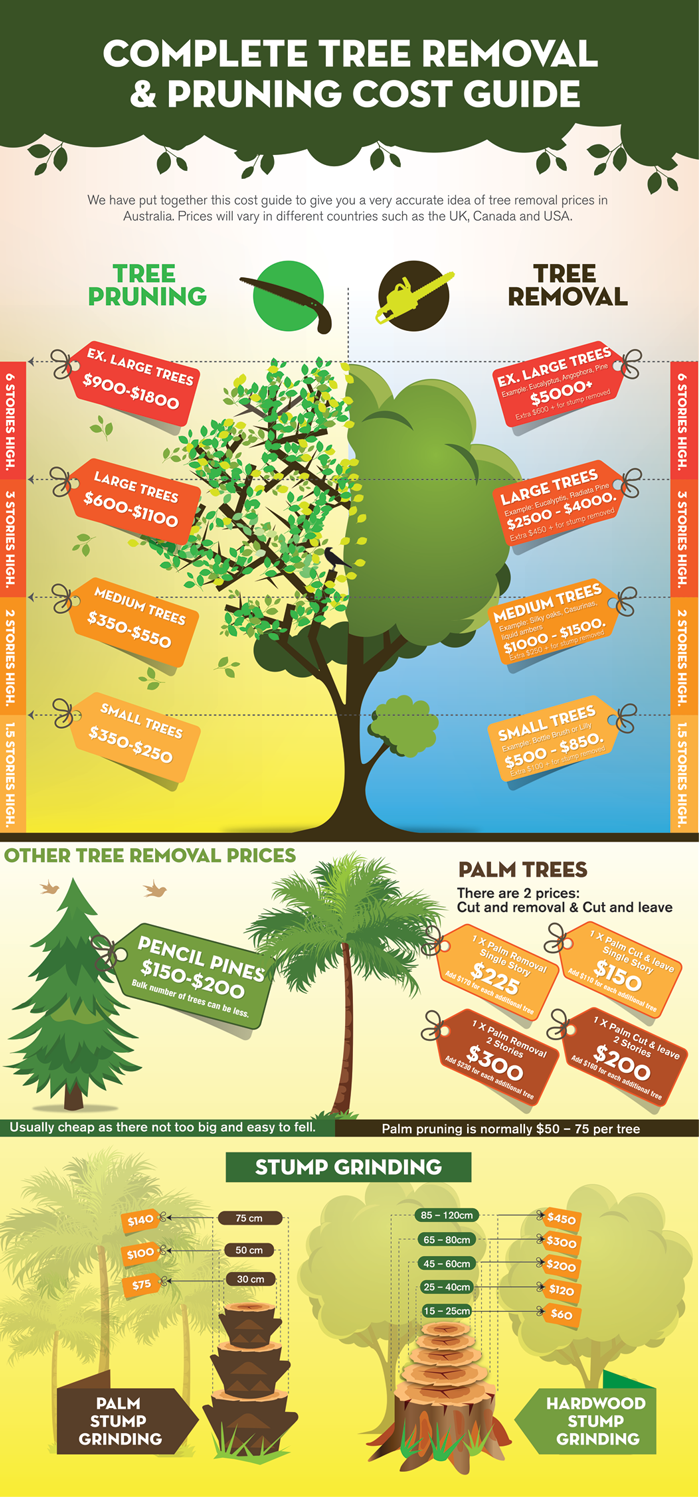Protecting Your Landscape: Replanting After Tree Removal
Protecting Your Landscape: Replanting After Tree Removal
Blog Article
Writer-Poulsen Upton
Tree removal can leave a gap in your landscape that needs dental filling. You can plant something brand-new in that room, yet it takes added care and attention at the beginning to help it grow.
The soil in that location will certainly maintain altering over time as bacteria break down the old roots. That can impact the nutrient equilibrium and physical area for brand-new growth.
Soil
The dirt in a story where a tree has been eliminated is most likely to be very different from the remainder of your garden or backyard. The origins of the old tree and the stump will have changed the soil, eliminating some nutrients and possibly crowding out various other plants. Furthermore, if the previous tree was unhealthy, the infectious agent might still remain in the ground.
The existence of origins fosters an abundant and varied neighborhood of dirt bacteria that enhances vital procedures like nutrition cycling and raw material disintegration. Without these microorganisms, the displaced soil can come to be less productive and nutrient-depleted, with an unfavorable influence on plant growth.
Prior to replanting, the dirt should be removed of particles and organic material (such as wood chips from stump grinding). You may want to mix in potting dirt or indigenous dirt with this garden compost to supply your new planting with an atmosphere that is well balanced and packed with nutrients.
Water
Tree origins take in large amounts of water from the soil. This process additionally adds nutrients back to the dirt, specifically nitrogen, which is necessary for brand-new trees and plants. Unfortunately, old soil can be diminished of these important minerals due to the rotting roots and stump from a removed tree.
This is why it is essential to have a plan for the future of your landscape. Ideally, certified arborist tree service to plant is when you have a fresh start.
Whether mouse click for source growing turf or flowers, make certain to use a soaker hose to prevent overwatering your new landscape design. If the area was a yard, ensure to cover the soil with organic mulch to aid maintain dampness in the dirt, control soil temperature levels and suppress weeds. This also gives a layer of protection for young plants and promotes worm activity. After that, frequently restore the mulch to continue enhancing the dirt nutrient thickness and microbial life. This is known as soil repair.
Light
Trees are an excellent addition to any kind of landscape, giving shade, visual pulchritude, and numerous other benefits. Nevertheless, often trees come to be unsightly because of a range of reasons, including disease, parasite invasions and all-natural aging.
In such situations, it may be required to get rid of a tree. It is very important to take into consideration the worth of a specific tree in your landscaping and take the proper actions to make sure that the elimination is done safely and effectively.
During the late summer, it's a perfect time to perform upkeep and evaluations on existing trees. Try to find signs of illness, insect problems, or architectural damages, along with any kind of prospective risks such as weakened or leaning trees.
Before starting any type of construction jobs, make certain to secure the root areas of existing trees by preventing soil compaction and rating around them. Organic matter, as it breaks down, can produce harmful gases that are damaging to the origins of a tree. It's also a great concept to mulch the location around a tree after building has ended up to conserve dampness and suppress weed growth.
Temperature level
Trees are essential to a landscape for their aesthetic allure, yet they likewise play an important function in the neighborhood environment by supplying color and windbreaks. They support wild animals environments and minimize the amount of co2 airborne, which can contribute to international warming. This is why it is a good idea to replant trees after removing one from the building.
When replanting a brand-new tree in the area of a previous stump, the soil might not have sufficient nutrients to support it. https://edgarjeysm.sharebyblog.com/29217629/obtain-the-lowdown-on-exactly-how-to-get-rid-of-trees-effortlessly-and-security-our-thorough-overview-covers-everything-you-need-to-know-from-choosing-the-right-tools-to-guaranteeing-a-clean-and-efficient-removal-process is best to wait on a year prior to planting to guarantee that the soil will be rich in nutrients.
To ensure that replanted trees flourish, it is vital to give them with proper treatment. A layer of compost will maintain dirt dampness from vaporizing, regulate soil temperature level, and assistance subdue weeds. Organic mulch is the favored choice because it improves soil fertility. Ongoing fertilization and insect control are additionally necessary for replanted trees.